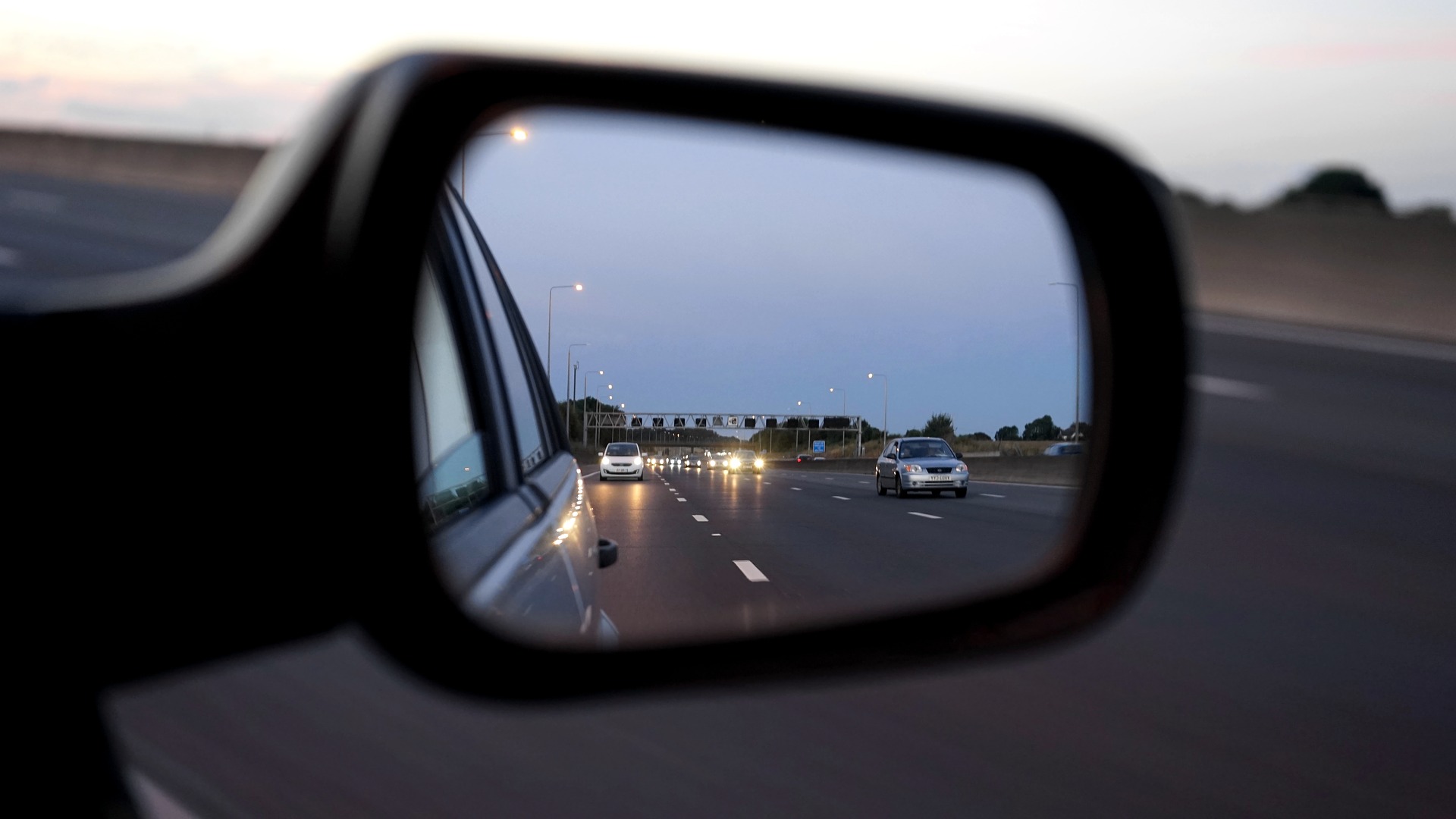Have you ever wanted to know what car insurance group your vehicle’s in?
There are 50 insurance groups for cars which give insurance companies an indication of risk. Group 1 has the lowest risk and group 50 the highest.
Almost every car built for the UK market is assigned a group rating by the ABI Group Rating Panel, a committee of leading insurers that meets each month.
Car insurance groups explained
A number of factors are considered by the Group Rating Panel:
• The price of the car when new
• The cost of spare parts
• Repair costs and times
• Safety features
• The vehicle’s power and performance, including its top speed and 0-60mph acceleration time
• Security features such as alarms, immobilisers and whether the vehicle has a visible Vehicle Identification Number (VIN). Security ratings are shown by a letter after the number of the car insurance group:
“E” means the vehicle exceeds requirements for a car of its type and that its rating has been reduced accordingly
“A” means acceptable
“P” is a provisional rating when data is incomplete
“D” means the model doesn’t meet requirements so the group has been raised
“U” means the level falls so far beneath requirements it will be hard to find cover.
Tips when buying a car
While car insurance groups give an indication of risk, insurance companies will also look at other factors, such as your driving experience and where you live, to generate an accurate quote. When changing your car, it’s worth considering some of the factors you can control to help keep costs down. Here are some tips to help you:
• Vehicle modifications can increase your insurance premium
• Check your car’s road tax rating, as factors such as carbon emissions affect what you pay in road tax
• Does you car have Autonomous Emergency Braking (AEB)? This is relatively new collision avoidance technology that monitors the vehicle in front and automatically applies the brakes if it detects that a collision is imminent. Insurers have recognised the benefits of AEB which, where fitted as standard, is reflected in lower group ratings and lower premiums
• The model of car makes a difference – sporty or high-performance cars are likely to cost more to buy and insure
• Check fuel consumption – find out how many miles the car does to the gallon as it could have a big impact on your running costs
• Look at security features – choose a vehicle with good security features or consider fitting additional security, such as a tracking device, to help protect your car.


